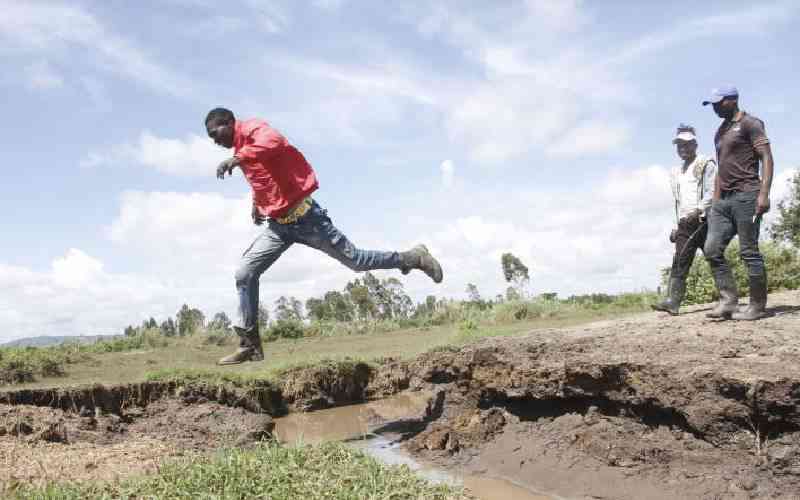×
The Standard e-Paper
Kenya’s Boldest Voice

As the dark clouds gather above David Ndhiwa's rice farm, in West Kano, Kisumu, the weight of uncertainty hangs heavily in the air. He stands, surveying the vast expanse of once flourishing fields, now submerged in water.
With the meteorological department's recent prediction of prolonged and heavy rains, Ndhiwa finds himself on the brink of despair, unsure if he will be able to recover from the devastating losses or even plant for the next season.